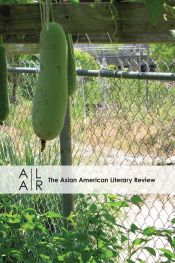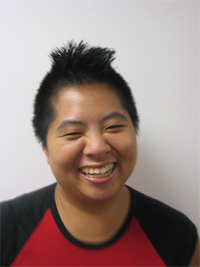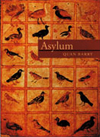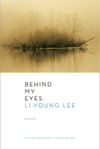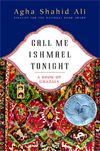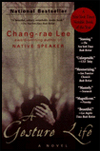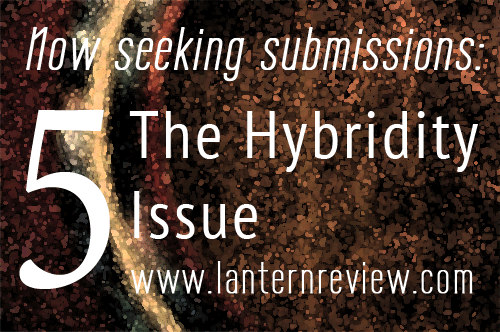
Now that the reading period for our first themed issue is open, we thought that our return to regular Friday Prompts would be a great opportunity to provide you with some inspiration. To that end, we’ll be setting aside this month’s prompts to illustrate just a few of the many approaches with which we believe the theme of “hybridity” could be interpreted.
This week, our focus is on form. Although there are many ways in which the formal structure of a poem could cause it to be classified as “hybrid,” for today’s prompt, we’ve chosen to highlight two poems that make use of hybrid forms very differently: Kimiko Hahn’s villanelle “The Fever” (from The New Yorker), which mixes elements of free-verse with the constraints of a traditional formal structure, and Ching-In Chen’s poem “Fob” (from Tea Party), which blurs distinctions between “forms” from different genres by shaping itself around the structure and syntax of a dictionary definition.
In re-envisioning the villanelle, Hahn holds rhyme and meter loosely. Her use of slant rhymes (e.g. “color” / “fever”) and strategically varied refrains, and her light adherence to iambic meter allow her to engage the “rules” loosely enough that her language flits conversationally from line to line (clusters of Latinate words—themselves borrowed from the science section of the New York Times—as in, “damages the membrane of symbiotic algae,” help to make the stresses sufficiently “bumpy” so as to feel uncontrived), but she still holds onto enough of the form that as the poem rolls along, it stays—like a marble rattling through a chute—recognizably within the scaffold of a villanelle. The lyrical lilt that the form lends to the poem allows it to take on a twinge of ironic whimsy (given the gravitas of its overarching metaphor), while still retaining the appealingly confessional tone that is more frequently associated with free verse. As a result, the voice of the speaker comes across as sympathetically quirky, bemused, worldly—and we wholly buy the “leap” the poem takes when, by its end, we find that the speaker’s musings on coral reefs are merely a conceit by which to critique her own practices of self-ornamentation (“the ocean’s escalating fever” becomes “my ocean’s escalating fever”).
Ching-In Chen’s “Fob,” meanwhile, engages in a different kind of formal experimentation: it “borrows” the structure of a type of writing that falls entirely outside the genre of poetry. In appropriating the definition as a poetic form, Chen makes strategic use of the didactic—even alienating—editorial qualities that we associate with the dictionary’s language in order to frame and enact her ensuing critique of the relationship between structural and linguistic hegemonies. Her “example sentences,” which extend the reader’s gaze beyond the bars of the “definition” text to offer startlingly intimate glimpses into an alternate, more evocatively “definitional” narrative, subvert the bland, instructional tone of the dictionary’s text, thus “fobbing” our expectations of the poem’s own conceit. Through her lyric interventions, Chen allows us to witnesses the complicity of teacher and dictionary—by their silence on the pejorative meaning of “fob”—in the racial bullying that the speaker experiences, and gives us access to her subsequent, delicious revenge, in which she tricks one of the bullies into thinking that, among other things, the Chinese word for “ugly” is actually the word for “pretty,” and that the term “ku-li” (coolie) is a flattering and desirable nickname. In re-appropriating the dictionary’s syntactical patterns as a “form,” then, Chen successfully manages to turn the cultural and linguistic authority it represents against itself.
To read both poems in their entirety, click below:
“The Fever” by Kimiko Hahn
“Fob” by Ching-In Chen
Prompt: write a poem that makes use of hybrid form, either by blending a traditional form with new and unusual elements from other verse traditions, or by appropriating the “formal” conventions of another style of writing or genre.
* * *
The submissions period for Issue 5, “The Hybridity Issue,” will close on July 15th. Has this prompt inspired you to experiment with hybrid forms in your writing, or do you have previously unpublished work that explores the concept of “hybridity”? Click here to submit.
